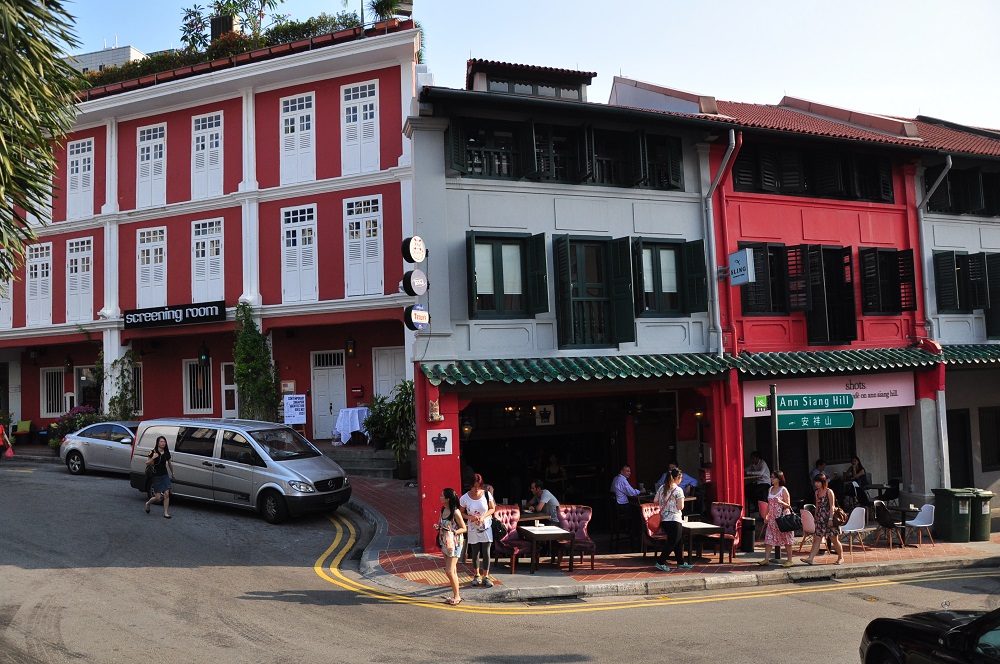The best time to see Valencia is during the Las Fallas, a two-and-a-half week festival in March that was recently added to UNESCO’s Intangible Cultural Heritage list. It’s an incredible community driven festival of music, traditional clothing, and grand satirical monuments depicting the goings-on in the city and the world. Oh, and there’s gunpowder. Lots of gunpowder. Adam Kerr flies up to Europe to experience this remarkable city-wide festival.
I woke up in my cozy, unmodern-like hotel room at about 7:30am to the sound of gunshots whirring through the streets below. Curious, I jumped out of bed and darted to the window, wondering if the place I was staying at had become collateral damage from crossfire between police and gunmen. But no, it was just the ridiculously loud sounds from the firecrackers the kids were playing with on the streets—all part of the festivities of Valencia’s Las Fallas (or Festival of Fire). Little did I know this was just a small taste of things to come.
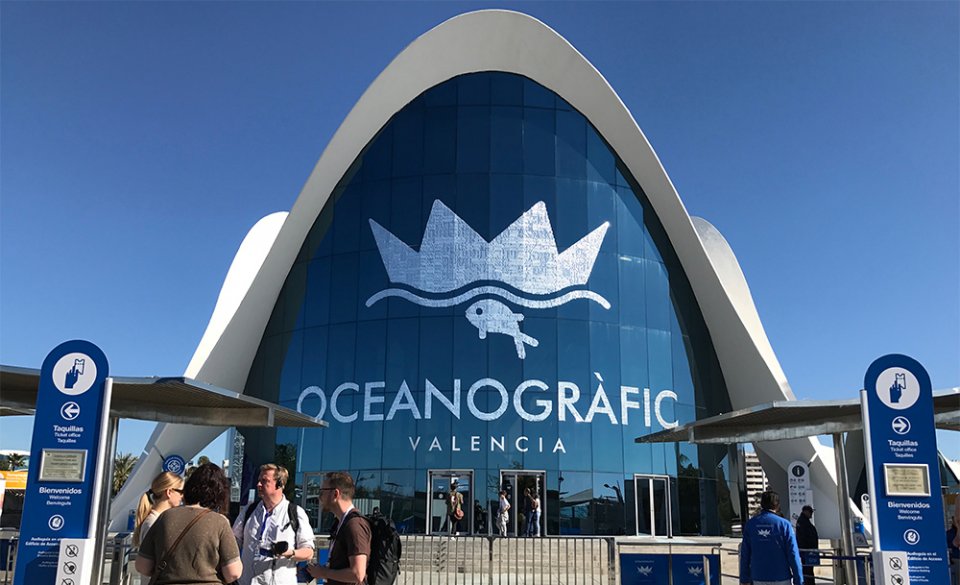
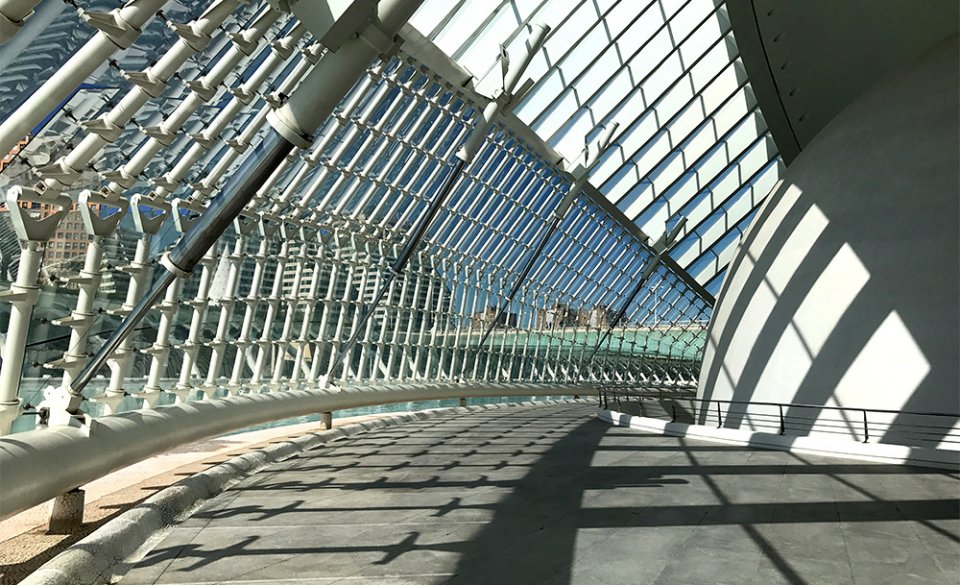
The guys from Valencia Tourism had met us in our hotel lobby to bring us around the city center, where the Las Fallas action was at its peak. On the way there, I had a quick glimpse of the City of Arts and Sciences, a colossal group of structures that’s way beyond its years and houses an IMAX cinema, a Planetarium and a Laserium—all within the architectural masterpiece L’Hemisferic—as well as the avant-garde opera house El Palau de les Arts Reina So a, the Principe Felipe Science Museum and Europe’s largest aquarium, the Oceanografic, standing tall and magnificent.
It’s definitely a hot tourist spot to hit if you’re visiting the city for the first time, but not a must if you’re looking to do as the locals do. While it’s one of the 12 Treasures of Spain, and one of the most important modern tourist destinations of the city, you won’t find many locals here, obviously, unless there’s a great show going on during that season (book ahead if you don’t want to be disappointed).
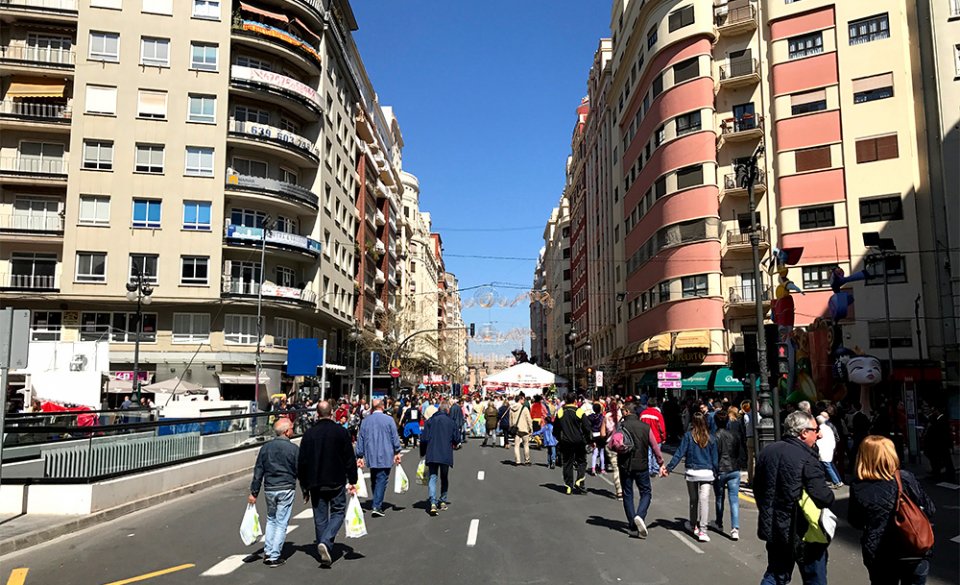
After what seemed like an eternity weaving through congested roads and navigating detours because of last minute road closures, I finally arrived at the outskirts of the city center. The amount of noise that welcomed me was akin to the roar and cheers of fans outside the Santiago Bernabeu Stadium after the Real Madrid vs. Bayern Munchen match I caught in Madrid three years ago—exhilarating and cacophonous. I had chills down my spine—the good kind—just thinking about what was ahead of me.
I was highly curious as to why and how the colorful and explosive Las Fallas de Valencia came to be. I was told that the first records of the festival date back to the 18th century to honor Saint Joseph, the patron saint of the carpentry guild, which explains the numerous man-made giant sculptures and ninots (smaller caricature pieces around the main fallas monuments) dotting the city and nearby neighborhoods. It’s also a celebration of the coming of spring—that’s why the whole city turns into a massive street party and outdoor art museum.

We were brought to check out the best three fallas. One was found at Campanar quarter, an inner-city suburb that’s about a 10-minute walk from the city center. Sitting in the middle of a busy residential intersection is an epic-looking, whimsical sculpture that would be perfect for the set of Alice in Wonderland. This particular falla had won top prize, and happens to be the biggest (22 meters high, 28 meters wide) this year.
Apart from the incessant boom, splat and bang of firecrackers echoing throughout the city, I also noticed a gathering of men and women—I learned that they were called falleros and falleras—in elegant costumes at a makeshift tent nearby. Just like the locals who seemed to swarm around these beautiful people, I broke from the group to approach one of them to find out why they were dressed to the nines, and why the women had Princess Leia-like hairdos. I went up to the one with the friendliest face and mustered a simple sentence despite fears that I might get a taste of Spanish side-eye: “This dress you have on is just amazing. Why is everyone here wearing them?”
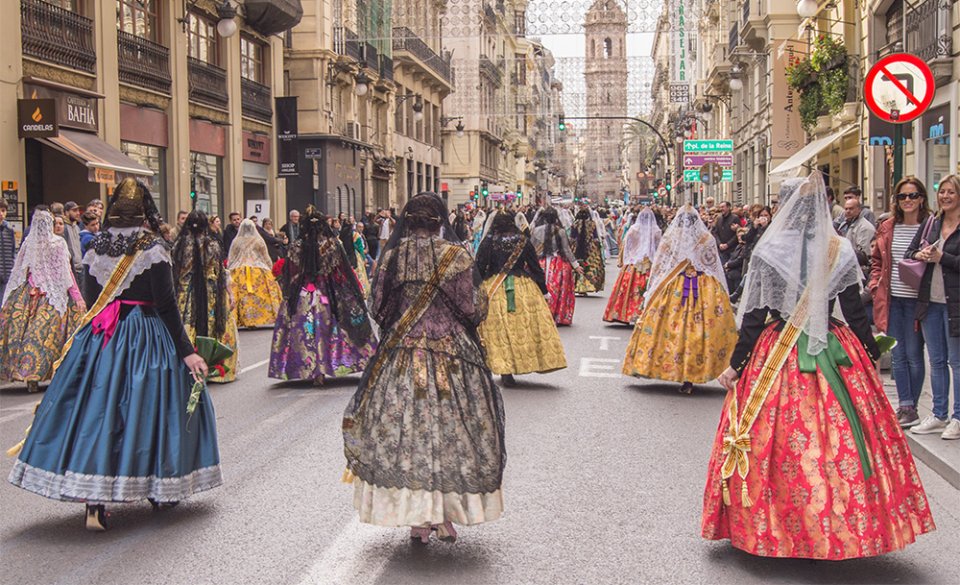
She stopped what she was doing, looked at me and gave me a million-dollar smile, the kind that will melt hearts and sweep men off their feet, and said: “Hello there! Oh this is the official traditional clothing of the festivals. Each one is handmade using silk because Valencia is known for its silk trading activities since the 1700s.” She went on to explain that the falleros and falleras are men and women collaborators of each specific faella community, and who are chosen to host year-round events like fund-raising to build the fallas.
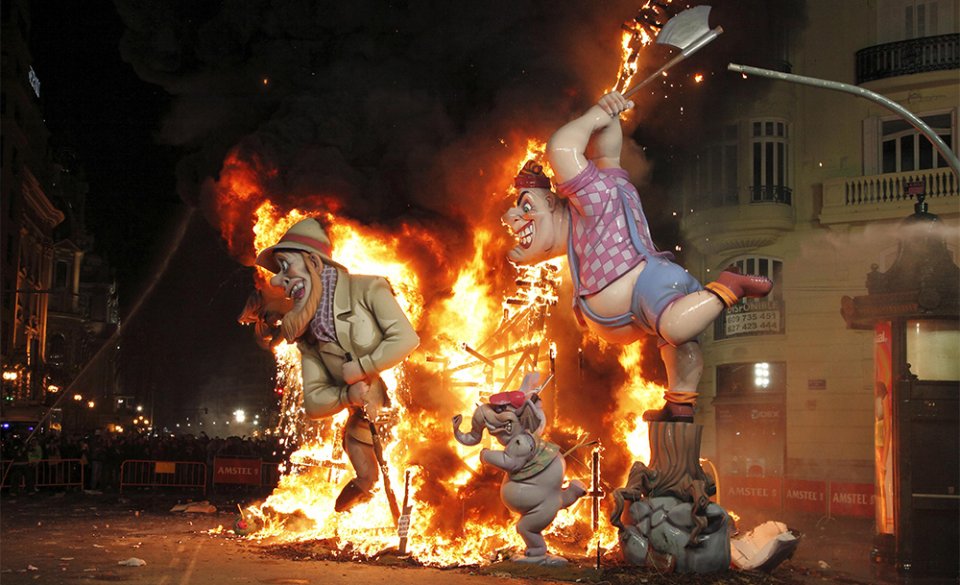
Here’s the part that both shocked and impressed me the most. The final hurrah and climax of the whole festival is La Crema, a tradition started in the 18th century where all the fallas will be burnt in a huge bonfire as midnight approaches. It seemed like such a waste to dispose of an entire year’s worth of effort in a blaze, but this event actually gives greater meaning to the whole festival.
Once the firefighters were in place (just in case), the fireworks on the structure were set off, lighting parts of the structure and providing visual extravagance at the same time. Slowly, we witnessed the magnificent wooden falla turn into an oversized burning torch. I had to take a couple of steps back.
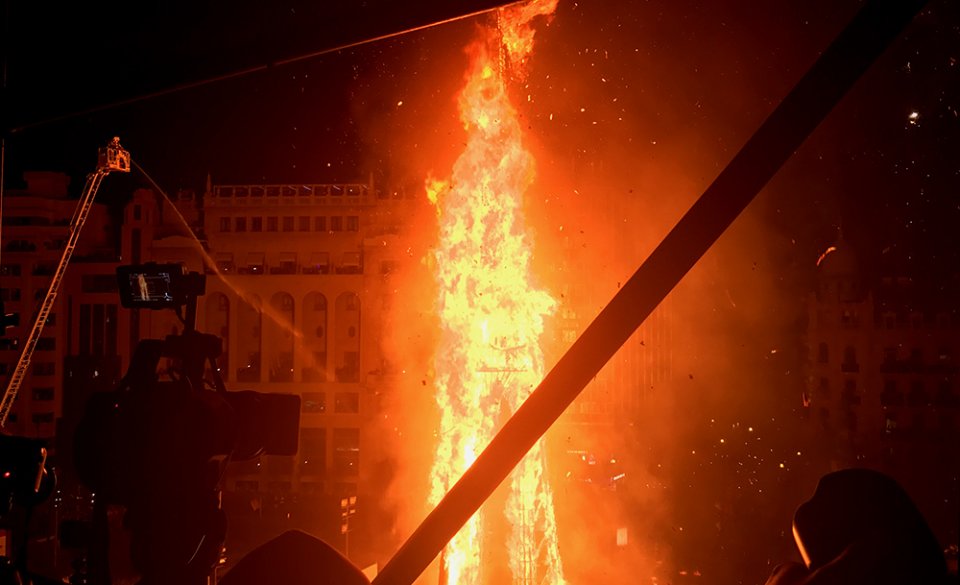
But watching the monumental falla burn gave me an odd satisfaction. The wind carried the burning ambers and ashes into our direction and the sky was lit (literally, not in the millennial sense), like a swarm of fireflies congregating above. The blaze turned into a symbolic cleansing fire for Valencians representing a fresh start. In that moment, I truly understood the meaning behind the remarkable, vibrant and colorful Las Fallas de Valencia.
Valencian Pit Stops
Besides digging into paellas and sipping on horchatas, Valencia also has a burgeoning scene after hours. For low-key drinks with your posse, the Ruzafa neighborhood is where you want to be; it’s Valencia’s epicenter of all things cool and laid-back, and not as mainstream as the Carmen district.
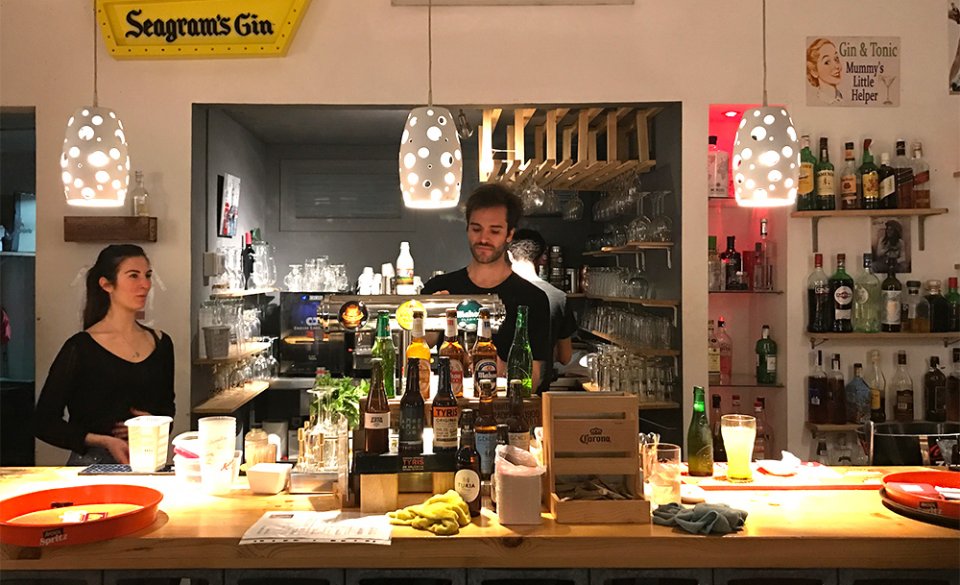
Cafe Berlin
This is one of the district’s best-loved hole in the wall, complete with mismatched furniture that just works for them (there’s even a swing inside!). You can’t miss the place, especially when there’s a super bright neon sign on the shop front, coupled with a hip crowd waiting to be part of the action on the inside. With exhibitions, occasional live music and knitting lessons that happen on Wednesdays, it’s where the locals go to indulge in a seemingly boho lifestyle. They’re known for their mojitos and G&Ts, which they add peppercorns to as a taste enhancer, but pass on their offerings of local craft beers, like the Mahou and Zeta beers priced at 2.50 Euros ($4) and 4.50 Euros ($7). Carrer de Cadis, 22-24, 46004 Valencia, Spain
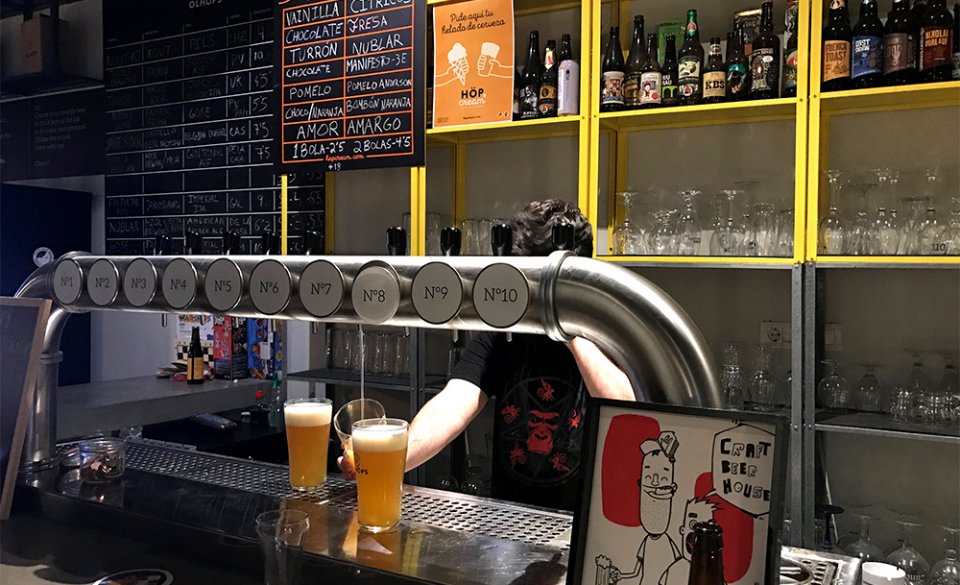
Olhops Craft Beer House
You can find exactly what you’d expect in a typical craft beer house; think Mikkeller at Deck or Druggists on Tyrwhitt Road. They’re relatively young—two and a half years old to be exact—and offer more than 10 draught beers mainly from different parts of Spain and Europe, which they change every other week. The list is chalked on a blackboard at the back, with information about where it’s from, the type of beer and its strength. Its walls are decked out in grey, white, black and yellow, with modern, vector-style graphics on the walls with liberal use of metal and glass. The selection of beers here is priced between 2.50-6.50 Euros ($4-$10) for a pint. Carrer de Sueca, 21, 46004 Valencia, Spain
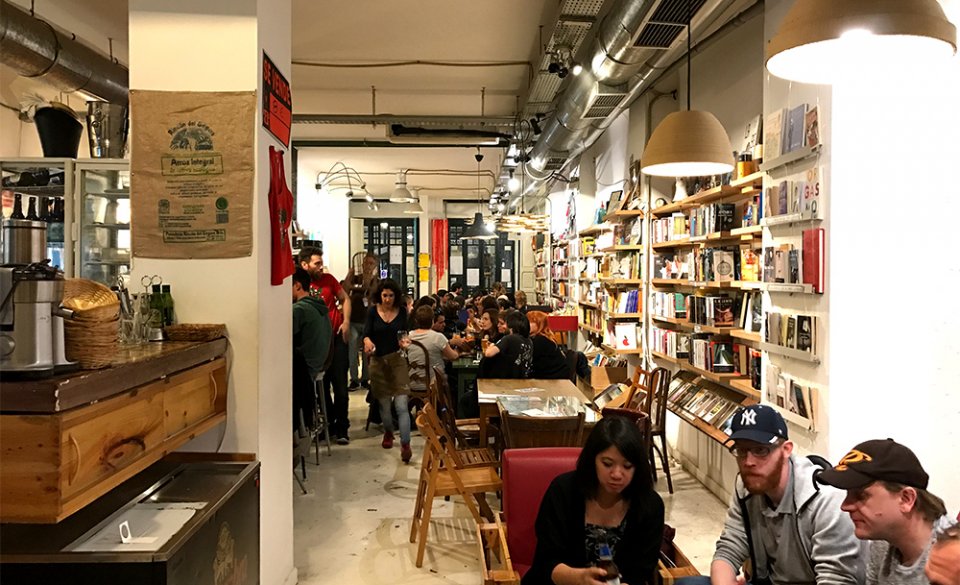
Ubik Cafe
Don’t be fooled by what you see from the outside. I almost mistook this place as a bookstore (thought it really is) and was wondering if the bar I was looking for had closed down. I walked in and was greeted with the chatter of patrons, most of whom had books on the table accompanied by pints and bottles of beer. This hybrid bookstore-café-bar is where all the cool kids of Valencia hang out for a beer or 10, and on some nights, watch local jazz performers do their thing. They keep their website updated so check that out before heading down. Carrer del Literat Azorin, 13, 64003 Valencia, Spain





